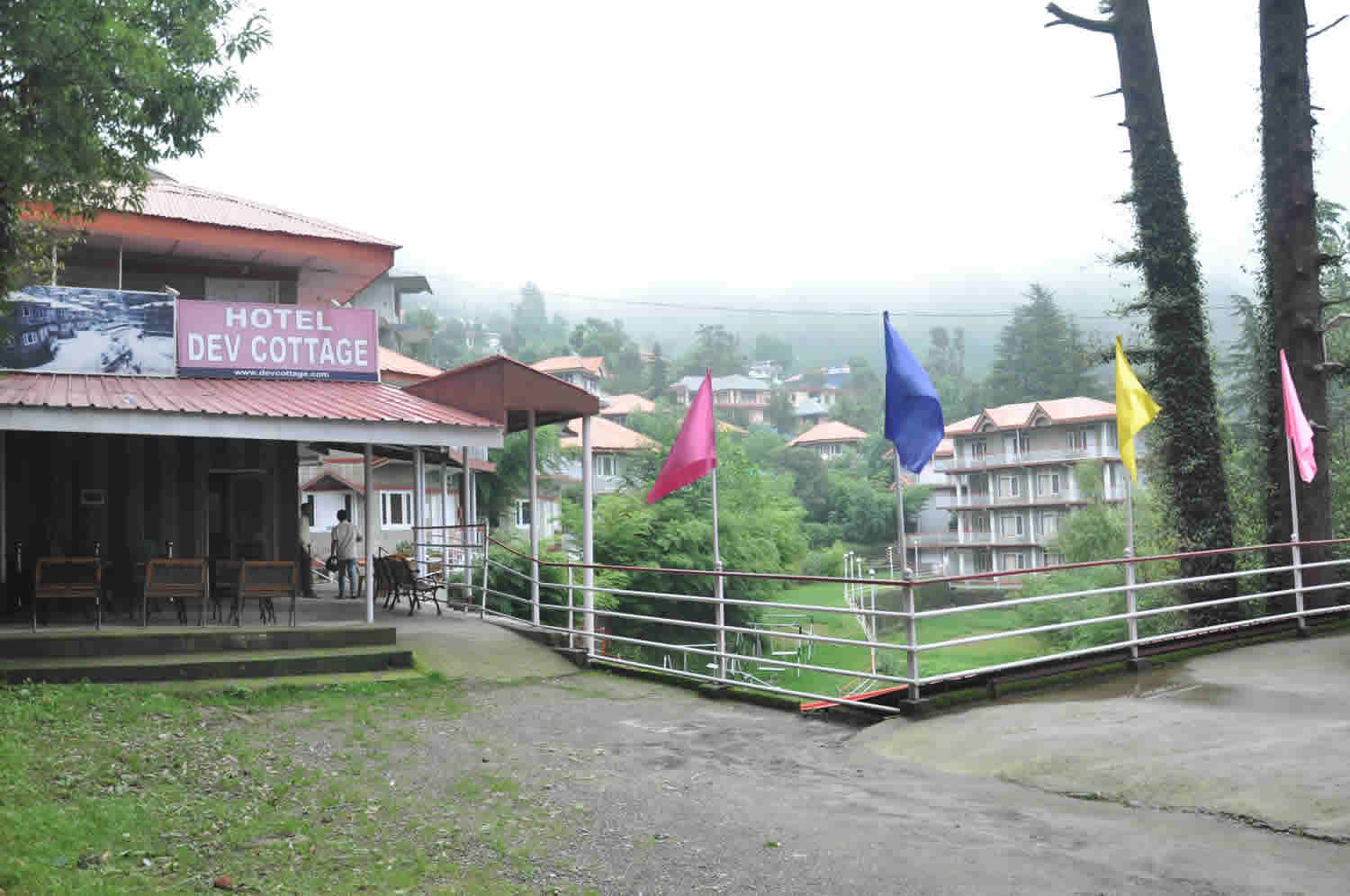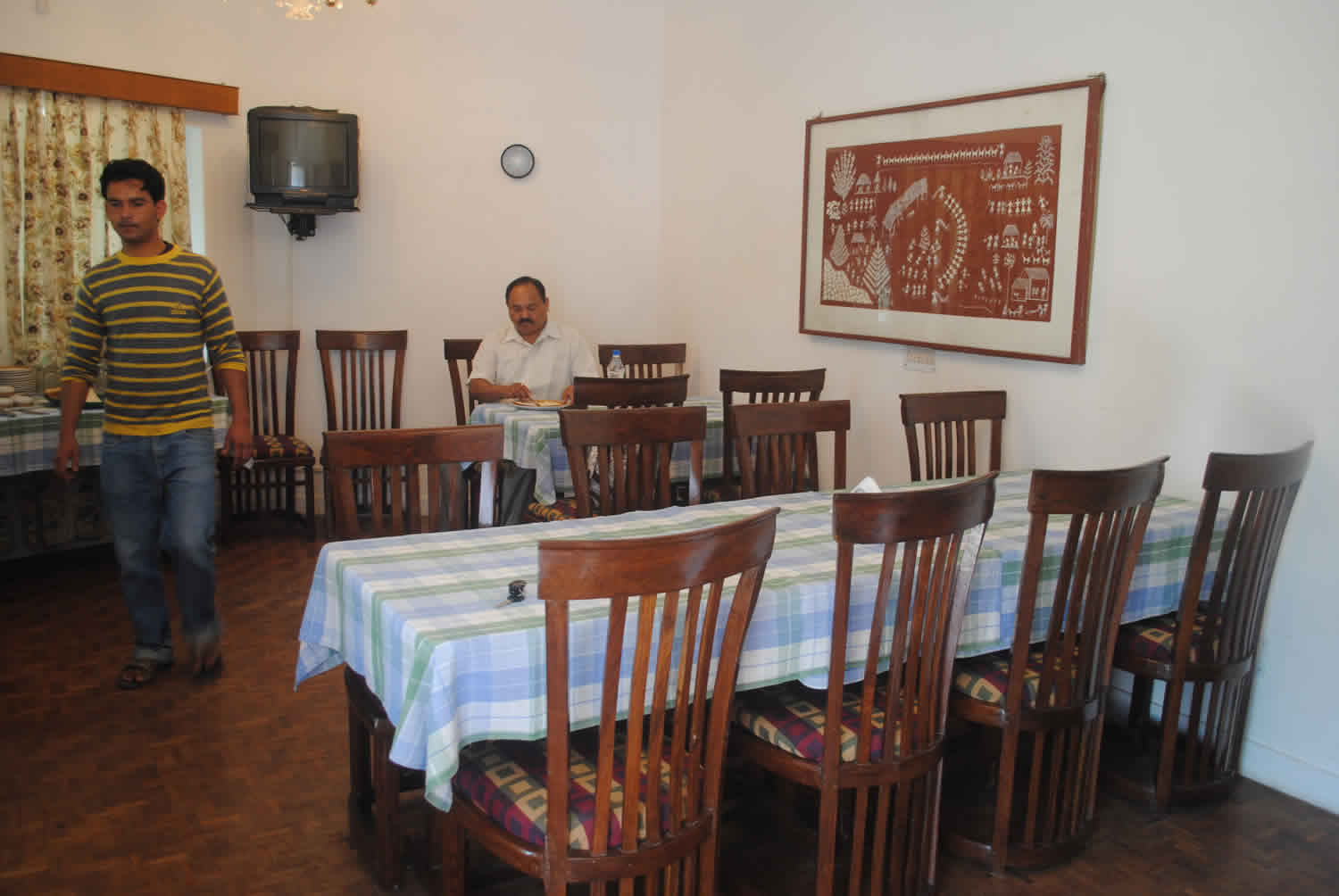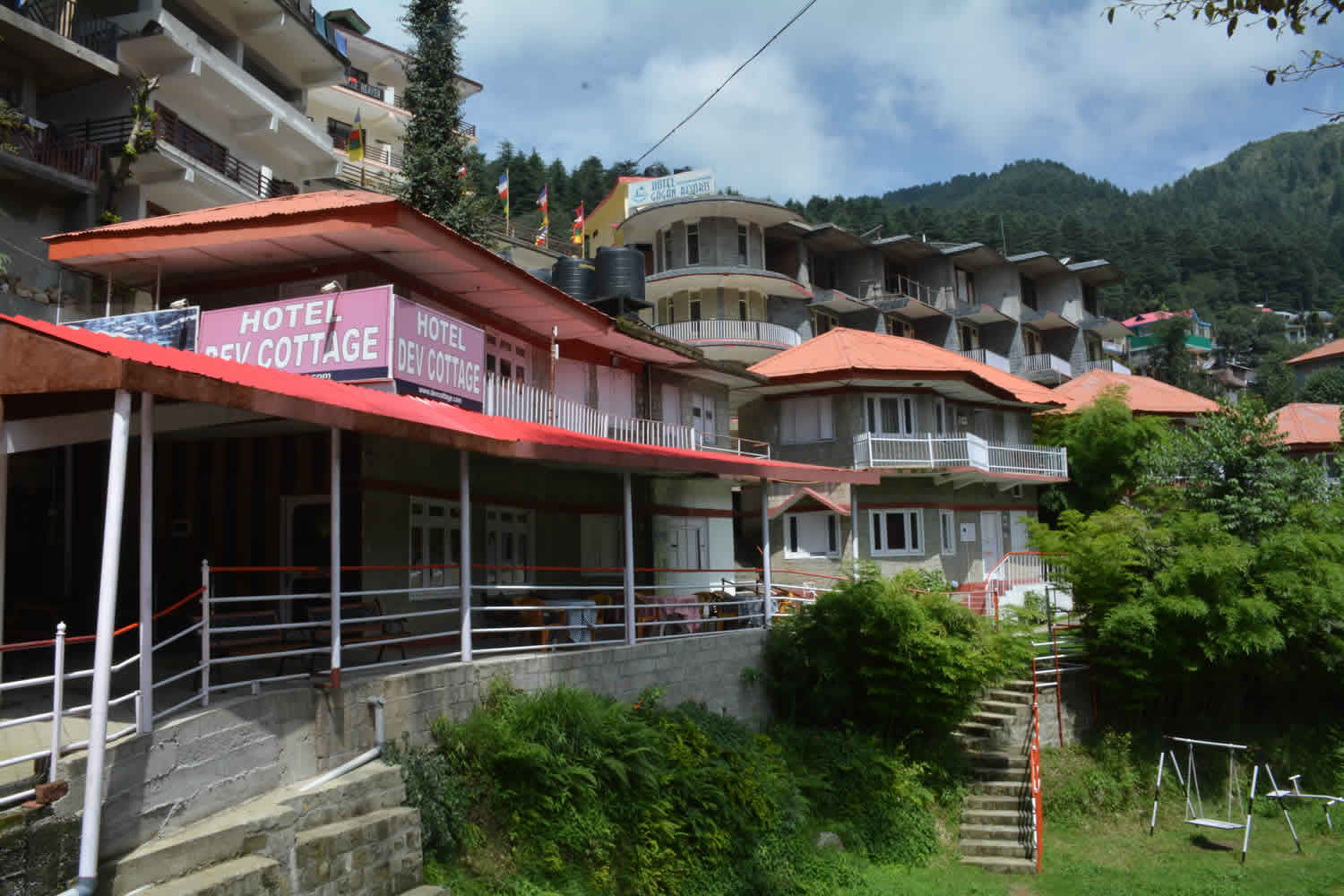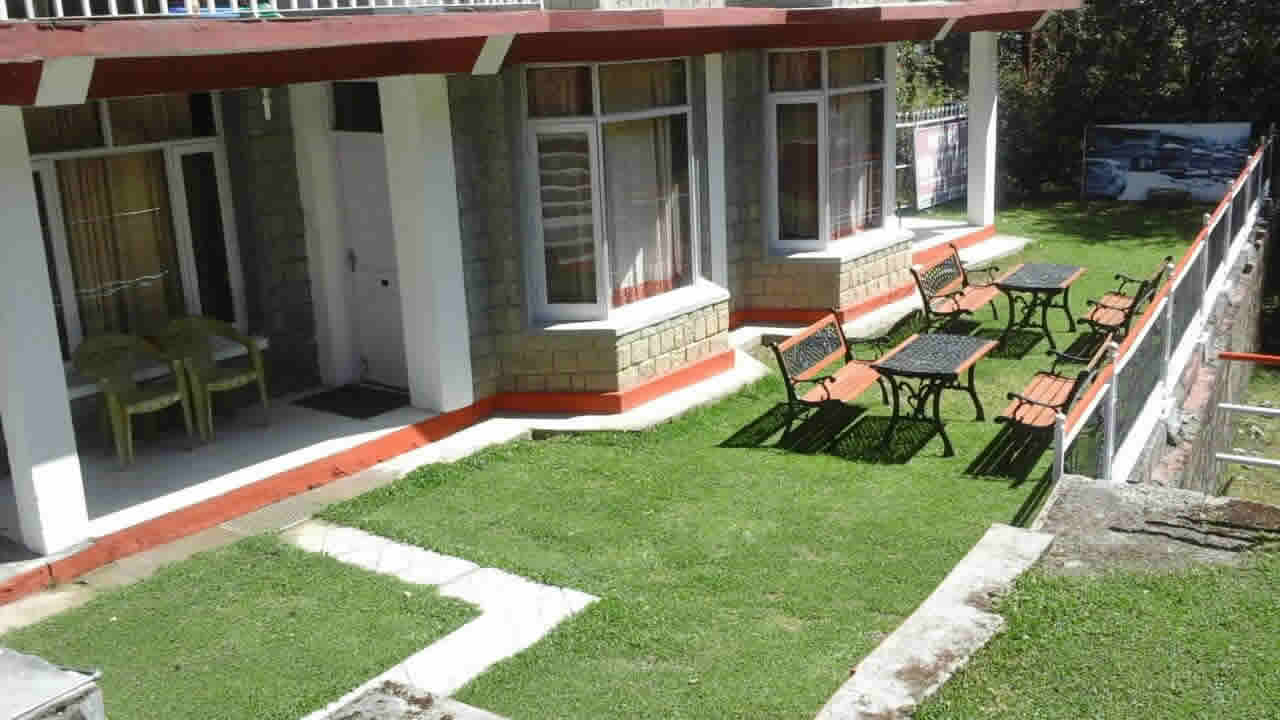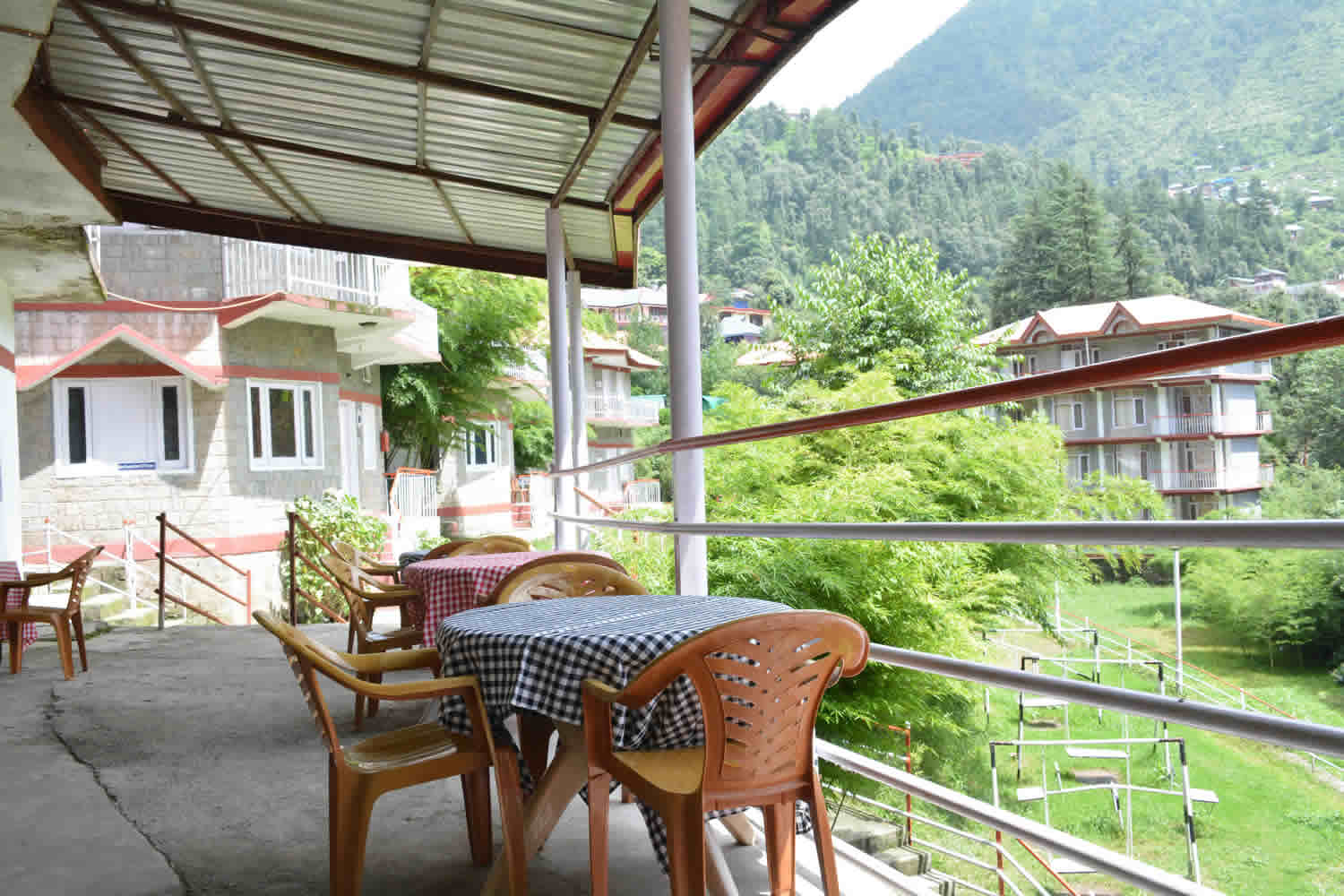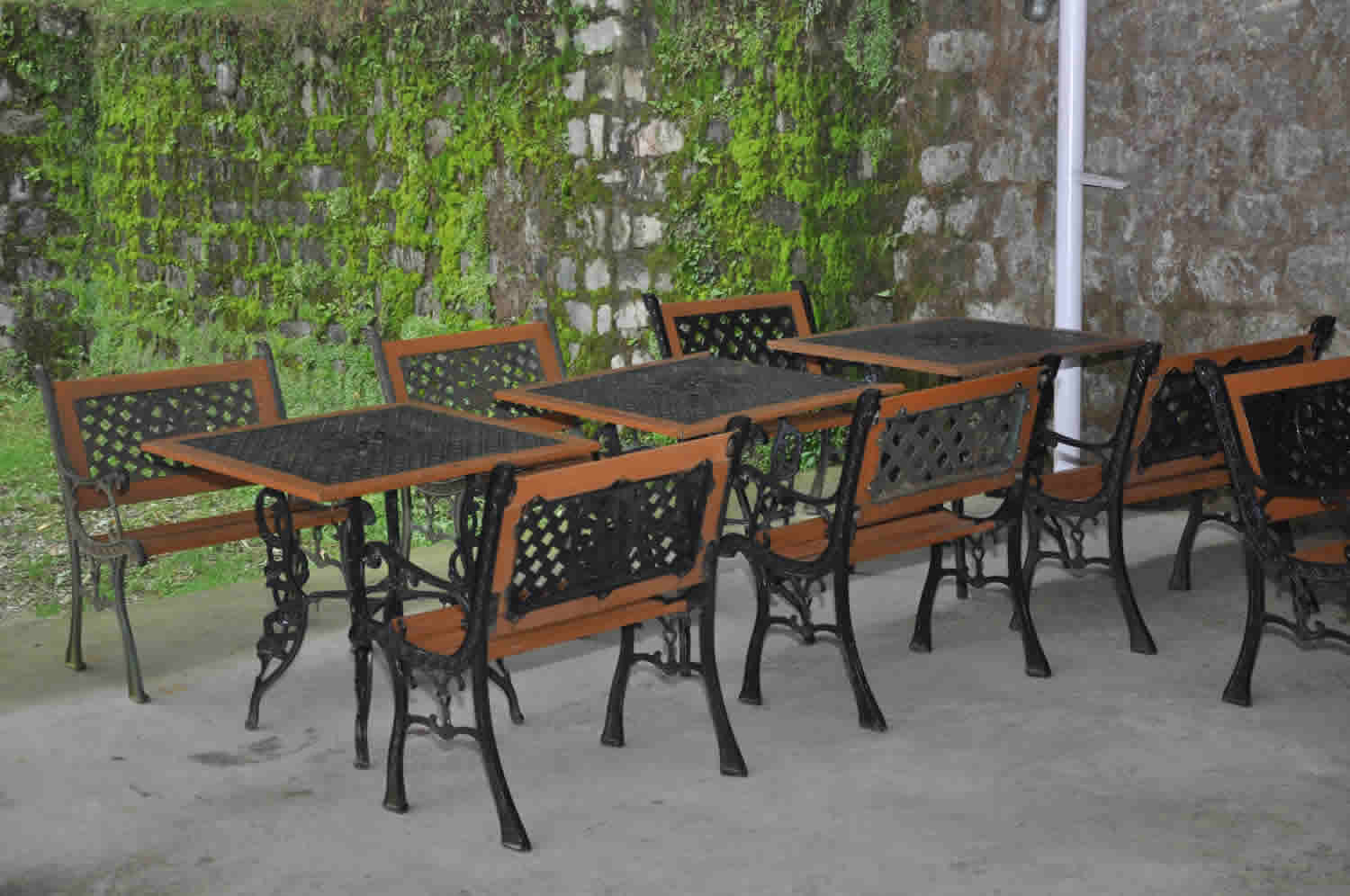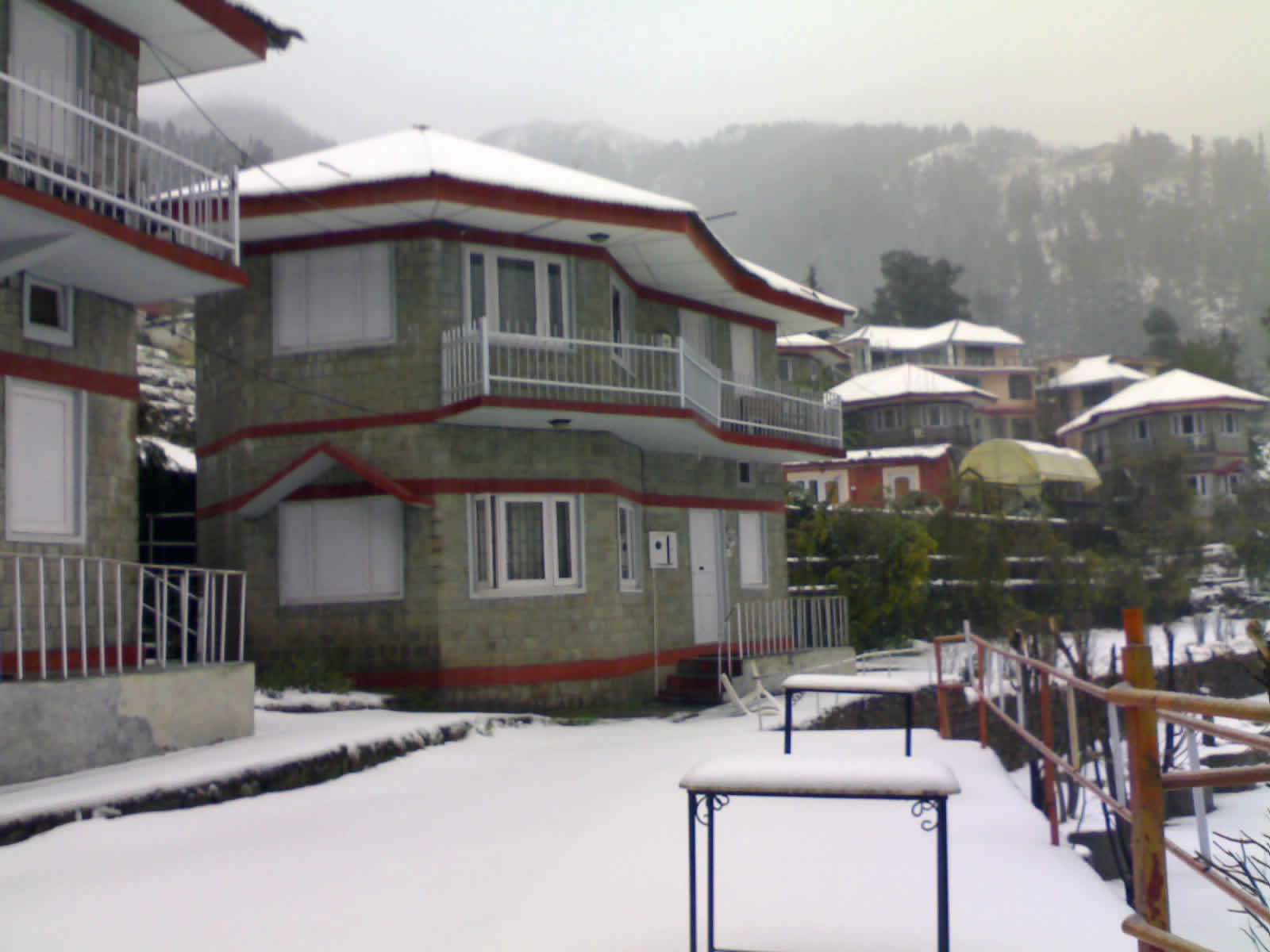Hotel In Dharamshala, Mcleodganj and Dharamkot : Hotel Dev Cottage Best Hotel in Dharmakot for holidays in the devine vally of Himalayas
Hotel Dev Cottage offers a life time experience of Himachal Pradesh, Dharamshala, Dharamkot, Lower Dharamsala, Treks and Sight Seeing in Triund, Dal Lake, Bhagsunath, Khaniyara River, St. John in the Wilderness, Yoga and Meditation, Fishing, Excursions Tilokpur, Jwalamukhi, Nupur, Tea Gardens of Palampur, Chamunda Devi Temple, Chintpurni Devi, Kangra Devi, Pilgrimage center of Chamunda Devi for honeymoon, family outing, outdoor activities, paragliding, river rafting, rock climbing, horse riding, yoga, meditation, holidays, vacations, tours, reservations, bookings, food, dinner, launch, professional meetings.
Top Places to VisitWe plan your complete visit to Teerth Sthal (pilgrims)....
wonderful nearby places to visit
Nearby PilgrimsWe plan your complete visit to Teerth Sthal (pilgrims)....
Nearby Pilgrims
Shopping in DharamshalaWe plan your complete visit to Teerth Sthal (pilgrims)....
markets around
Rawalsar Gurudwara (Mandi)
Discovering the Divine Charm of Jwalamukhi Temple: A Sacred Abode in Kangra
The temple lies in Kangra district of Himachal Pradesh and counted in most visited pilgrimage sites of Himachal Pradesh. Jwalamukhi got its name from Jwala (flame) and mukhi (mouth). The idol of this temple is one of its kind; an eternal flame in the rocks. The temple is dedicated to Goddess Jwala and it is believed that here is Goddess Sati’s tongue fell after being struck by Vishnu’s Chakra. The flame is covered with a dome made of gold, and the gold was gifted by Akbar. The gold turned into an unknown metal later and people said that the goddess did not accept his offering. Nestled in the enchanting Kangra Valley of Himachal Pradesh, the Jwalamukhi Temple is a revered spiritual destination that has captivated pilgrims and tourists for centuries.
Nestled in the enchanting Kangra Valley of Himachal Pradesh, the Jwalamukhi Temple is a revered spiritual destination that has captivated pilgrims and tourists for centuries. This sacred abode is dedicated to Goddess Jwalamukhi, and its name translates to "flame-mouthed," symbolizing the mystical eternal flames that have burned here for ages. As one of the 51 Shakti Peethas, the temple holds immense religious significance, attracting devotees seeking blessings and solace from across the country. Beyond its religious allure, the temple's unique architecture and breathtaking surroundings add to the divine charm that makes Jwalamukhi a must-visit destination for spiritual seekers and nature enthusiasts alike.
The Divine Legend and Significance
The mystical history of Jwalamukhi Temple traces back to ancient mythology. According to the legend, when the demon king Daksha insulted Goddess Sati, Lord Shiva's consort, she immolated herself in her father's Yagna (sacred fire ritual). In response, Lord Shiva performed the Tandava dance of destruction, and during this cosmic dance, Sati's tongue fell at the location where the temple now stands. This sacred spot is considered one of the most powerful Shakti Peethas, where the Goddess' tongue is believed to be manifest as the eternal flames.
The temple's main sanctum houses seven natural flames that emerge from the ground through fissures in the rock. These flames are symbolic representations of seven forms of the Goddess, namely Mahakali, Unpurna, Chandi, Hinglaj, Bindhya Basni, Maha Lakshmi, and Saraswati. Devotees believe that the Goddess herself ignites and sustains these flames, which have remained unextinguished for centuries, imparting an ethereal aura to the temple.
The Enchanting Architecture
Jwalamukhi Temple's architectural splendor is an attraction in itself. The main shrine is adorned with a gold-plated dome and intricate silver doors, creating a majestic sight for visitors. The temple's surroundings are adorned with ornate carvings, intricate artwork, and colorful frescoes that narrate ancient stories and religious symbolism.
The structure's unique design allows visitors to witness the divine flames emanating from the earth through specially designed fissures. The fascinating play of light and shadows amidst the mystical flames further adds to the temple's captivating ambiance.
A Spiritual Retreat and Festive Celebrations
Jwalamukhi Temple is not only a place of worship but also a spiritual retreat that offers tranquility and inner reflection. The serene surroundings, coupled with the divine presence of the Goddess, create an atmosphere conducive to meditation and self-discovery.
The temple comes alive during festive occasions, especially during Navaratri. The nine-day Navaratri festival witnesses grand celebrations, drawing devotees and tourists in large numbers. Elaborate rituals, traditional dances, and melodious hymns reverberate through the air, filling the temple with an aura of profound devotion and celebration.
Access and Accommodation
Jwalamukhi Temple is easily accessible by road from Kangra and Dharamshala, both well-connected to major cities in North India. Several transport options, including buses and private vehicles, are available for pilgrims and tourists.
For accommodation, there are various options near the temple, ranging from budget hotels to comfortable guesthouses, providing visitors with a peaceful stay amidst the serene surroundings.
Jwalamukhi Temple in Kangra is a mesmerizing blend of spirituality, architectural beauty, and natural splendor. Its eternal flames and divine significance make it a compelling pilgrimage destination for countless devotees seeking the Goddess' blessings. As the temple continues to allure spiritual seekers and nature enthusiasts, its ethereal charm and rich legacy shine brightly, carrying forward the divine flame of devotion and mystique for generations to come.
Hadimba Devi (Manali)
Bijli Mahadev (Kullu)
Naina Devi (Bilaspur)
Baijnath (Dhauladhar)
Baba Balak Nath (Hamirpur)
Manikaran Sahib Gurudwara (Manikaran)
Hotel Dev Cottage : Dharamkot Near Macleodgunj Dharamshala Kangra Himachal Pradesh - 176219
For reservation and enquiry: support@devcottage.com

